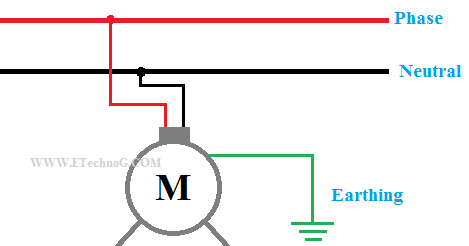mbrooke
Batteries Included
- Location
- United States
- Occupation
- Technician
This website was linked to on this forum in the past:

Electrical Shock from Motor Body Causes, Safety, Prevention
Why touching motor body feeling an electrical shock, how to connect the motor metallic body to the ground, shock from motor body, causes, preventionwww.etechnog.com

Earth Fault Causes, Effects, Example, Explanation
Earth Fault Causes, Line to Earth Fault, Effects of Earth Fault, Earth Fault Protection, Earth Fault Examples, How to measure and identify earth faultwww.etechnog.com

Main Difference Between Earthing and Grounding
Here, you will Learn the Main Difference Between Earthing and Grounding, Earthing VS Grounding, Need of Earthing, Need of Groundingwww.etechnog.com
This is " Supposed " to be an ? Engineering Forum?
Earthing Advantages Purpose, Necessity in Electrical System
Electrical Earthing advantages, main purpose of earthing, why earthing is necessary, Equipment Earthing, System Earthing, electric shock preventionwww.etechnog.com
Possibly located in India.
Apparently they do not have the same understanding as in the USA and NEC.
He doesn't even have the same understanding as the IEC (Indian Electrical Code which is based off of IEC 60364).
Laymen from Professionals thinking that a ground rod will open a fuse or thermal magnetic breaker is fallacy encountered in almost every corner of the planet.
Mike's battle is very real, and very painful. He deserves all the support he can get.
